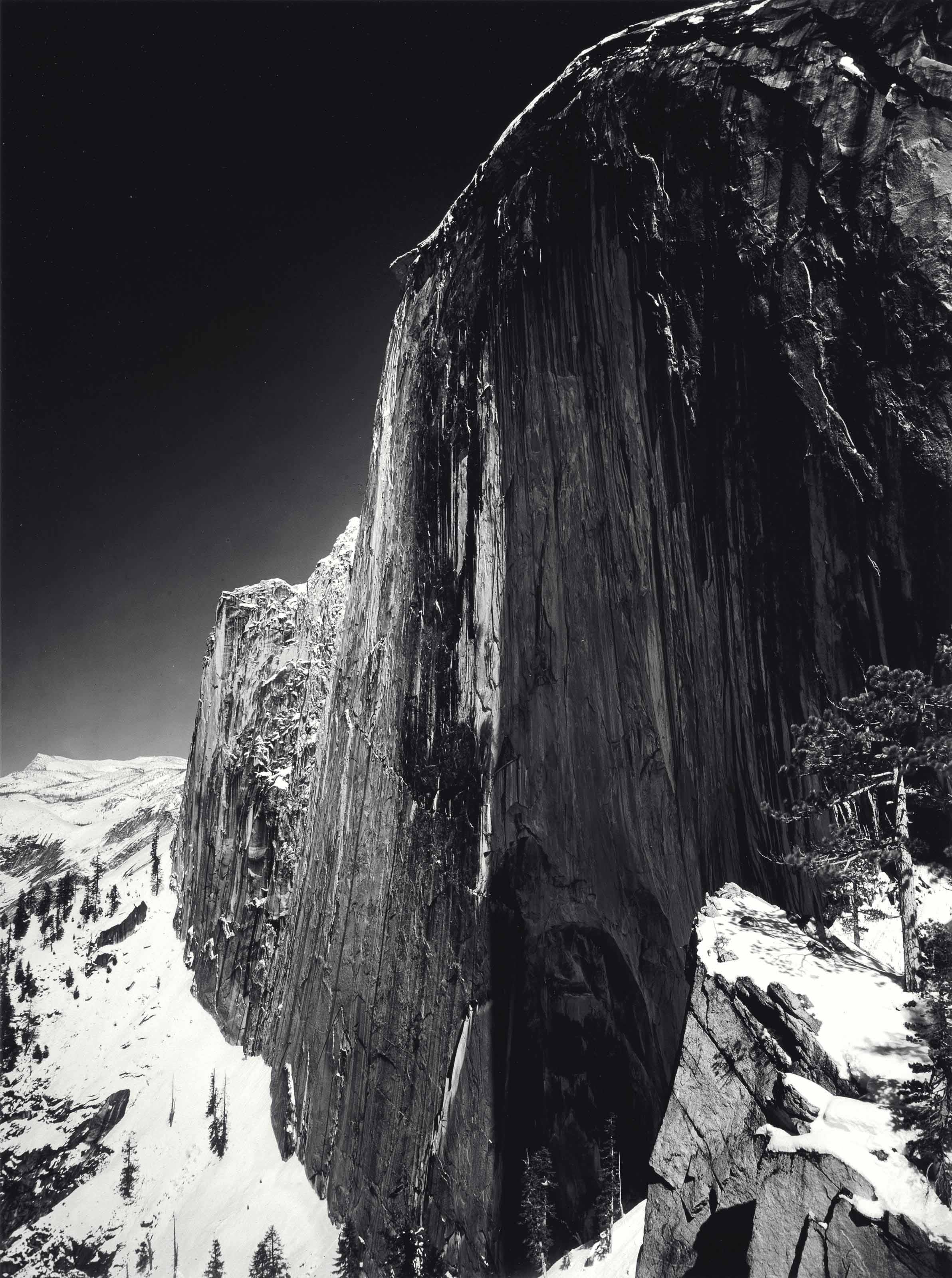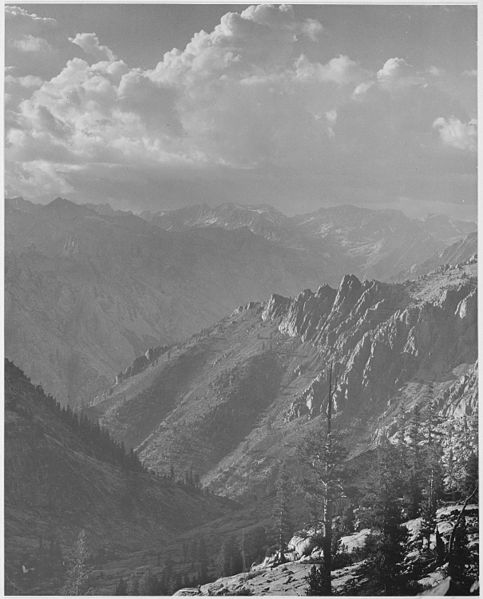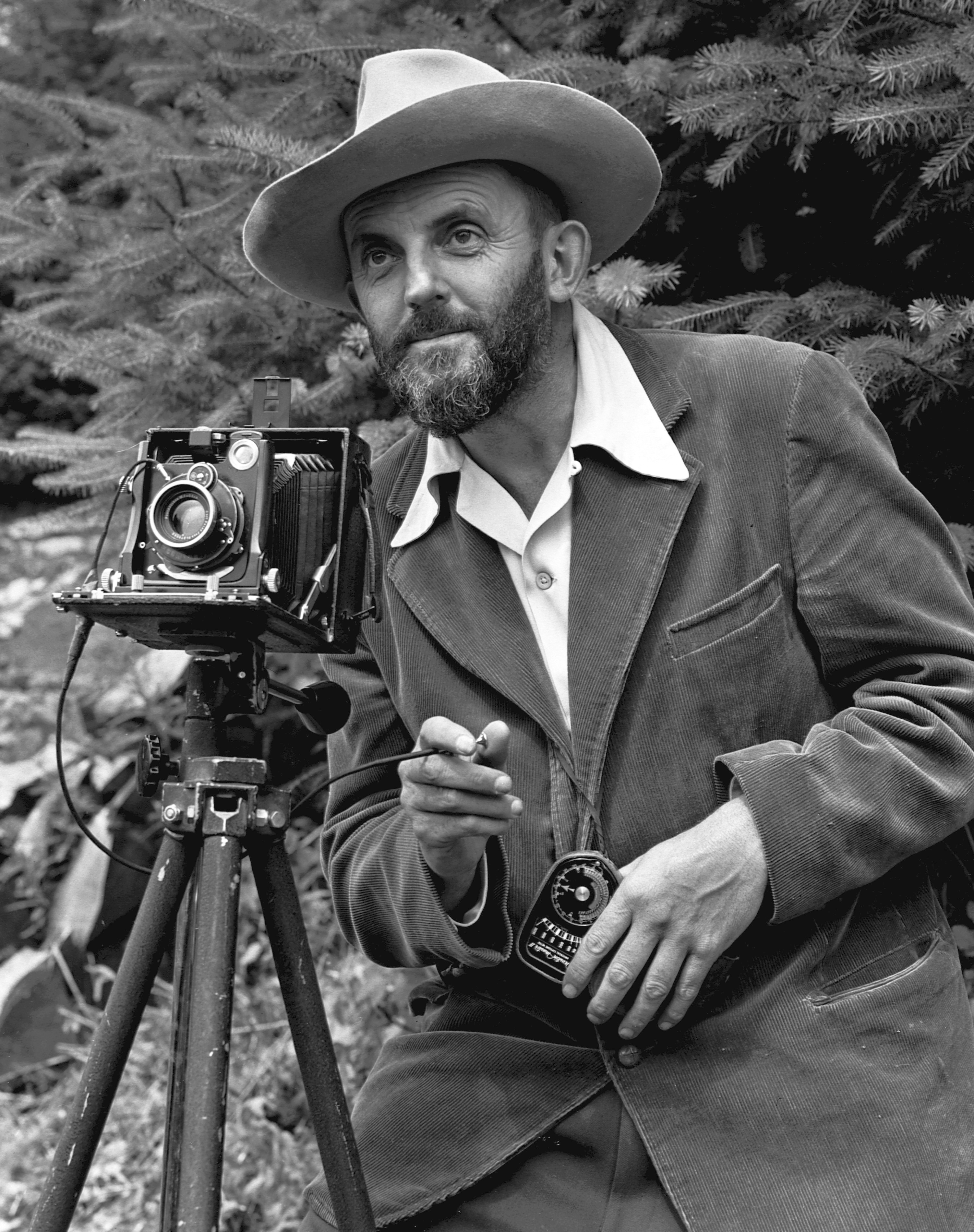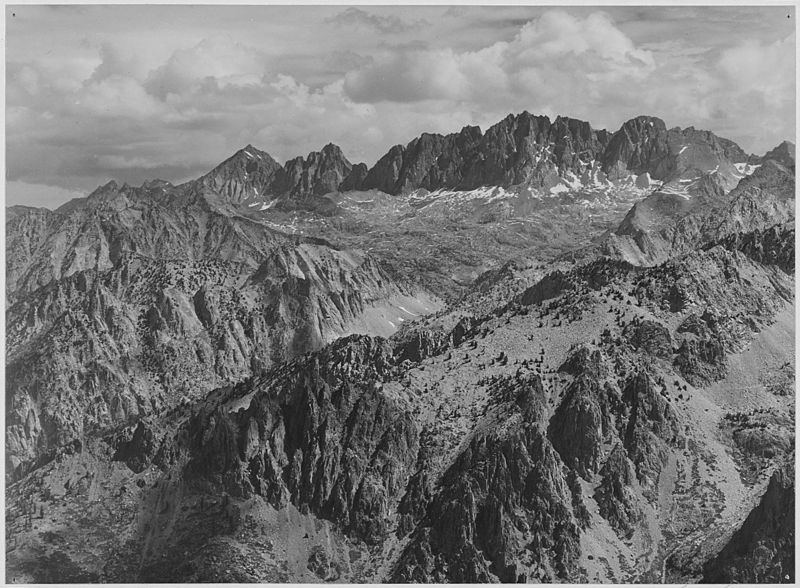Sometimes we may feel that our actions have little to no impact on sustainability.
That is why today we wanted to bring you the story of a photographer who contributed to the environmental protection movement in the United States: Ansel Adams.
The National Parks
Let’s get some context first. The first national park in the United States, Yosemite, was created in 1872 thanks to the insistence of people like John Muir, a precursor of nature conservation in the United States and founder of the environmental group Sierra Club.
The national parks were created as a space to be preserved so that everyone, rich and poor, present and future generations, could enjoy this unique environment.
Yosemite is considered the world's first public national park, although at that time some countries had already limited the industrial use of some areas.
With Yosemite established as a national park, sentiment for the protection of unique natural areas began to spread around the world. Since then, more national parks were created to preserve unique places that were very sensitive to human impact, although the environmental movement as such did not begin to take shape until the 1970s, after the occurrence of several important events related to the environment, such as the publication of the study "Limits to Growth" in 1972, created by MIT following a commission from the Club of Rome, or the great oil crisis, which gave the first warning that fossil resources are scarce and limited.
From this decade onwards, and especially in the 1980s, care for the environment was introduced into daily life, until today, where it is already a value that is understood as basic, and even essential.

Who was Ansel Adams?
Born in 1902 in California, Ansel Adams was a hyperactive and dyslexic child, with little patience for sports and games, although with a great sensitivity for the beauty of nature.
When he was 14 years old, something changed his life forever. The family traveled to visit the Yosemite National Park, and Adams' father lent him a simple camera, a Kodak Brownie, with which he took his first photographs. A lifelong love affair with both photography and Yosemite National Park were beginning.
The following year, Adams returned to the national park on his own, with a better camera and a tripod, determined to capture a small part of the beauty of this place.
At the age of 17, the young photographer had been avidly trained in darkroom development and black-and-white photography techniques, at which point he took a crucial step in his role as a protector of the environment: he joined the Sierra Club, the most important environmental protection association in the United States.
At the age of 19 he published his first photograph and immediately began selling some of his photographs taken in Yosemite, as well as being the official photographer for certain Sierra Club tours.
Gradually he made a name for himself as a nature photographer, especially for his work in Yosemite and Sierra Nevada parks, and began to refine his style, marked by strong tonal contrast and the subsequent processing of the image in the darkroom.
With his photographs, Ansel Adams sought to capture on paper what the landscape had made him feel, not to create a precise reproduction of it, which was a great change for the general tone of nature photography in the 1930s.

In these years, Ansel Adams' conservative impulse began to develop, due to the increased exploitation of Yosemite as a tourist center, with the creation of swimming pools, a golf course, bowling alley, and much more vehicular traffic visiting the park.
This led him to use his work as a witness of what needed to be preserved in other natural areas, with the creation of books such as "Sierra Nevada: The John Muir Trail", in 1938, and to testify in Congress in favor of designating Kings Canyon as a national park, something that became a reality in 1940, in part thanks to his work.
His consecration as a photographer came in 1946, when he was awarded the first of three Guggenheim Fellowships. In this first assignment he photographed 27 of the 28 national parks in the United States, all except the Everglades in Florida. During this work he created memorable images of Old Faithful Geyser, Grand Teton, and Mount McKinley.
During the 1950s Ansel Adams was already a photographer with a great reputation in the United States, both for his work and for his books on photographic technique, starting new projects, some editorial, such as Aperture magazine, and his annual workshops in Yosemite, as well as advising major photographic companies such as Polaroid.
In his later years he focused on developing the work he had accumulated during his 40-year career, as well as supporting various museums and institutions related to photography and environmental protection.
In 1984 he passed away in the company of his family. His remains were cremated and his ashes scattered from the top of Yosemite's Half Dome, one of his favorite places, which he had photographed so much.

Influence on creating Kings Canyon
National parks are spaces that evolve with society, changing how people relate to these areas.
Originally established in 1890 as General Grant National Park, created to protect a small redwood forest, it took more than 50 years to expand its boundaries, protecting the valleys and forests from the creation of a hydroelectric dam.
Ansel Adams' photographic contribution was decisive in achieving this expansion, as well as his declaration at the country's congress. In 1940, President Franklin D. Roosevelt signed the park's expansion by more than 160,000 hectares, as well as its name change to Kings Canyon National Park.
The Sierra Club created the Ansel Adams Award for Conservation Photography in 1971, and the Wilderness Society also created its own award, the Ansel Adams Award for Conservation.

Final Conclusions
This shows the importance of every single contribution and how great results can be achieved. Even a nature photographer, documenting landscapes, trees and rocks, can be crucial in expanding protected natural areas.
Just imagine what can be achieved today through social media, blogs and video content. It is up to us to preserve the natural places we are so fond of, to lead by example, and to live a more sustainable life.













